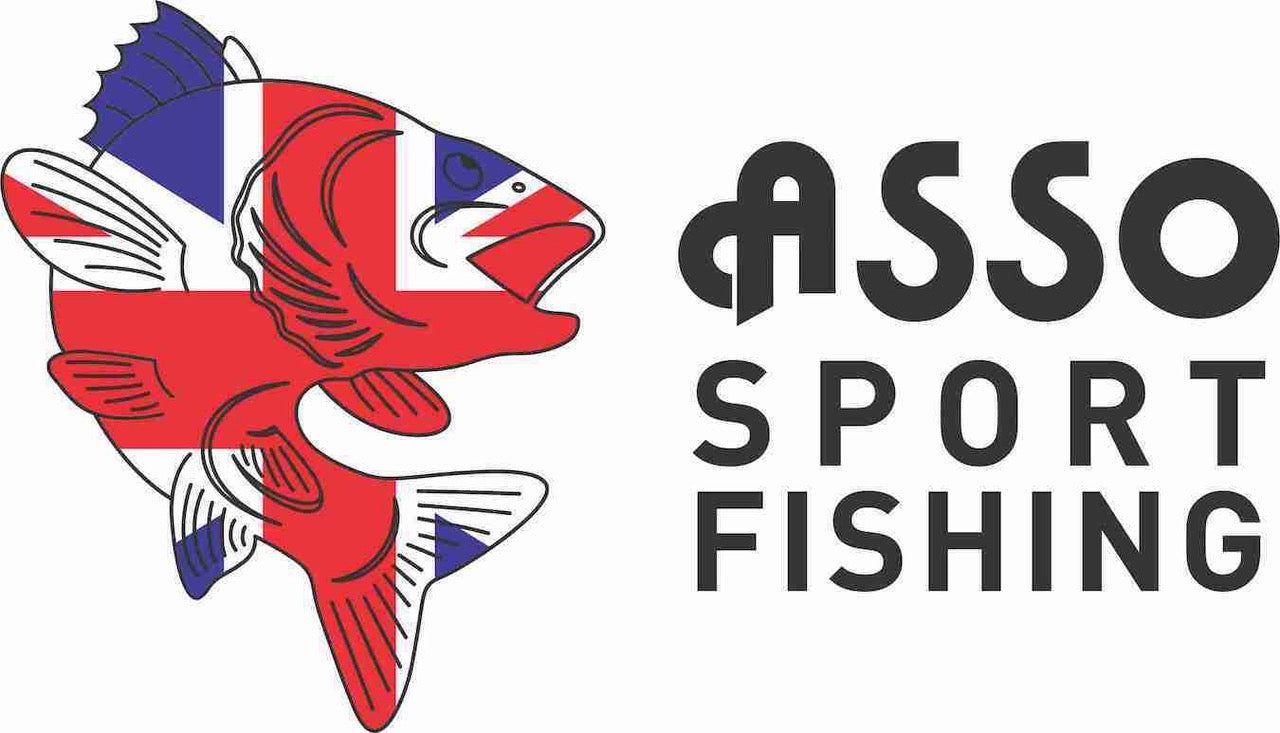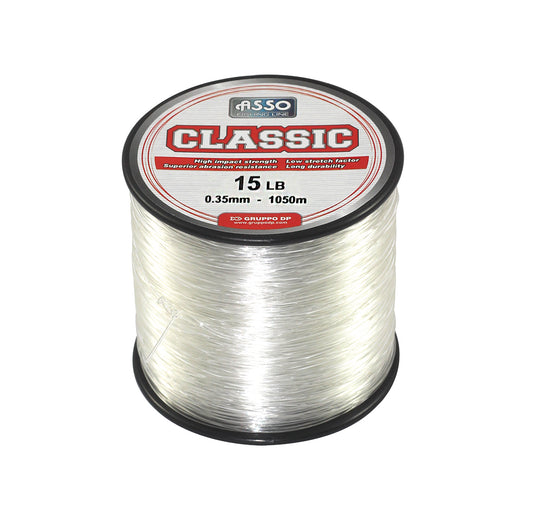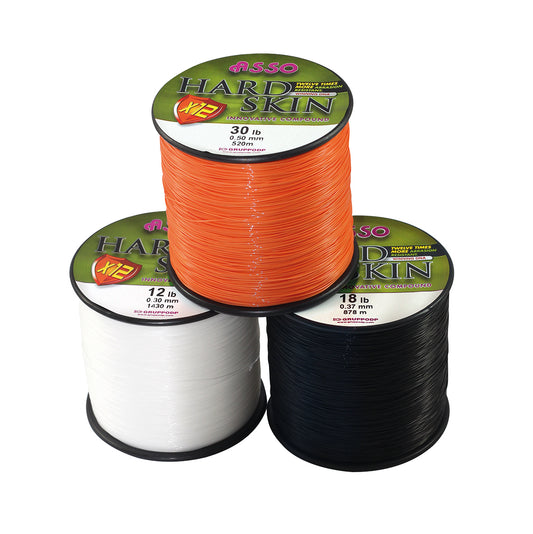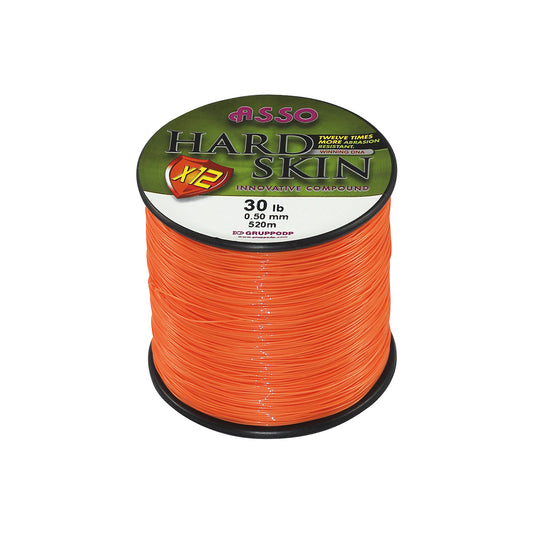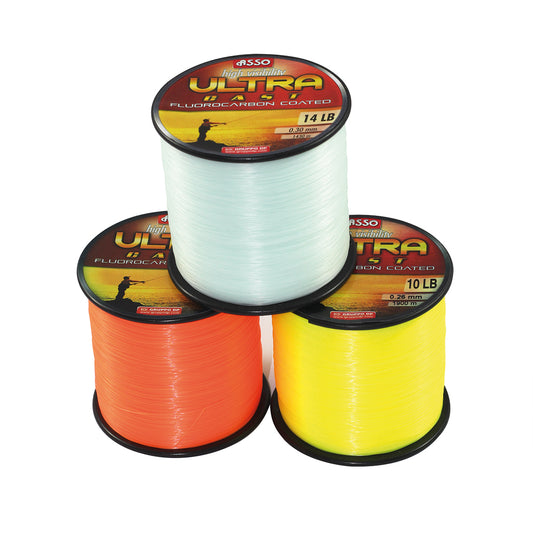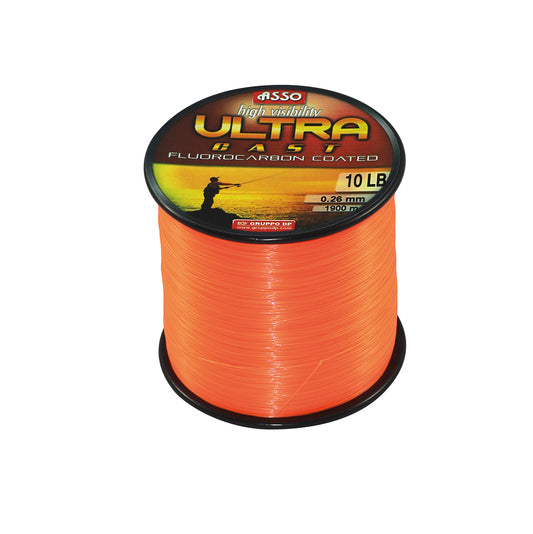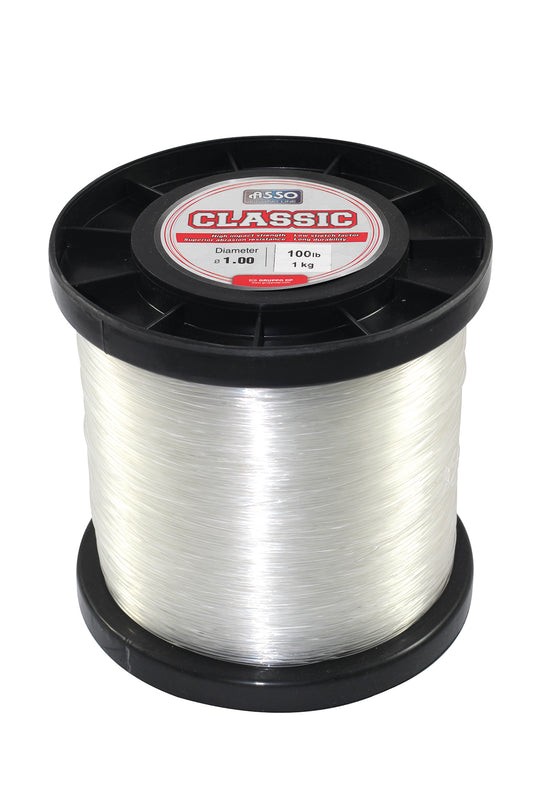It is critical for fishing success to use the correct equipment. The shock leader fishing line is one of the essential tools for anglers. It has been engineered to be able to accommodate the high anxiety as well as stress associated with throwing weighty objects and fighting big fish. The significance of these lines, their advantages, and why they are a ‘must-have’ for serious anglers shall be discussed in this guide.
What Is a Shock Leader Fishing Line?
A shock leader fishing line is a thicker, stronger type of line used mainly in surf fishing or casting scenarios where the main line faces sudden, high-impact forces. The shock leader absorbs the shock from casting heavy lures or sinkers and offers extra abrasion resistance in rough conditions.

Made from materials like monofilament, fluorocarbon, or braided lines, shock leaders are attached to the main line with a strong knot or swivel. This setup helps prevent the main line from breaking during powerful casts or while fighting large fish.
Importance of the Shock Leader Fishing Line
Shock leader fishing lines provide several key advantages, especially when fishing with heavy lures or in challenging conditions:
Shock Absorption
The main function of a shock leader is to absorb the impact of a cast, protecting the main line from breaking.
Durability
Constructed from thicker, more durable materials, shock leaders prevent damage from the sudden impact of casting heavy weights or lures.
Abrasion Resistance
Electric powered leaders provide additional security around rugged or snaggy locales, which decreases chances of breaking up the line and losing fish.
Casting Distance
Employing a shock leader allows for casting that is not only longer but also more precise.
Versatility
It is able to be used for different fishing styles like surf, boat, and pier fishing.
Benefits Of Using Shock Leader Fishing Line
The use of a shock leader fishing line comes with numerous benefits:
Enhanced Strength
Thicker and stronger than the main line, providing extra strength for casting heavy weights or fighting powerful fish.
Abrasion Resistance
The twine is resistant to abrasion, guarding it against sharp rocks, barnacles or any other abrading elements that might be found in the water.
Shock Absorption
Helps absorb the sudden force or shock during casting, reducing the risk of the main line breaking.
Improved Casting Distance
Enables the angler to cast further away with more precision.
Versatility
Perfect for many ways of fishing and that makes it ideal for fishermen who use various methods.
Increased Confidence
Anglers can fish with confidence, knowing they have a reliable and durable line that can handle tough fishing conditions.
How To Choose The Right Shock Leader Fishing Line?

When selecting a shock leader fishing line, consider the following factors:
Strength: Ensure the shock leader is strong enough to handle the target fish's weight and withstand casting impacts.
Abrasion Resistance: Choose a line with high abrasion resistance to withstand rubbing against rocks, coral, or other underwater obstacles.
Visibility: Select visibility based on water conditions: low-visibility for clear water, high-visibility for murky water.
Knot Security: Ensure the shock leader ties secure knots with the main fishing line and terminal tackle to prevent break-offs.
Length: The shock leader should be long enough to absorb the impact of casting and prevent the main line from snapping.
Material: Shock leaders can be made of monofilament, fluorocarbon, or braided lines. Choose based on specific fishing needs and conditions.
How to Tie a Shock Leader Knot
Using a strong and reliable knot is essential for connecting your shock leader to the main line. Here are a couple of popular knots to consider:
Albright Knot
- Create a loop in the end of the shock leader.
- Insert the main line through the loop, then wrap it around both the shock leader and itself about 10 times.
- After wrapping, feed the tag end of the main line back through the loop.
- Moisten the knot and pull both ends to tighten. Trim any excess line.
The Albright knot is superb at linking lines of different diameters; this knot is well established due to its power and trustworthiness.
Double Uni Knot
- Overlap the ends of the shock leader and main line.
- Form a loop with the shock leader and wrap it around both lines 6-8 times.
- Do the same with the main line, wrapping it around both lines 6-8 times.
- Pull the tag ends to tighten each knot, then pull the standing lines to bring the knots together.
- Trim the excess line from both knots.
The Double Uni Knot is versatile and effective for connecting lines of different materials and thicknesses.
Tips For Using Shock Leader Fishing Line Effectively
- Select a shockleader with a higher breaking strain than your mainline. This will help absorb the shock of casting heavy lures or sinkers, reducing the risk of line breakage.
- Use a strong and reliable shock leader knot to connect your mainline. Popular choices include the Albright knot or the Double Uni knot.
- For connecting your main line use either the Albright knot or the Double Uni knot because they're reliable and strong.
- It is always a good idea to use a longer shock leader than it is to use the length of your rod and handle. It prevents the main line from breaking when the force is applied and cushions the shock that comes with the cast.
- Adjust the length and strength of your shock leader in windy or wavy conditions to ensure efficient casting and minimal line breakage.
- Regularly inspect the shock leader for signs of wear or damage after each use. Replace it if there are any visible weak points or abrasions.
Conclusion
Fishermen increase their chances of catching prized fish and attaining success when fishing by understanding the fishing line’s shock leader significance and it’s proper usage. If you are surfing, offshore fishing, or targeting a huge game; intelligent fishermen know that it is always necessary to have a shock leader on your fishing line.
